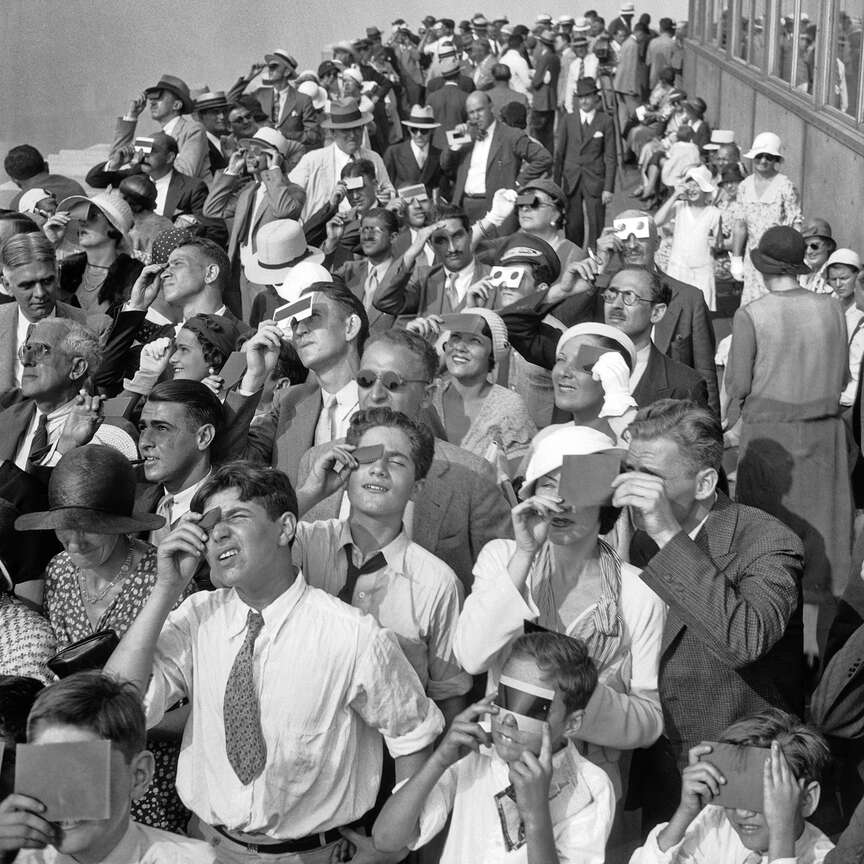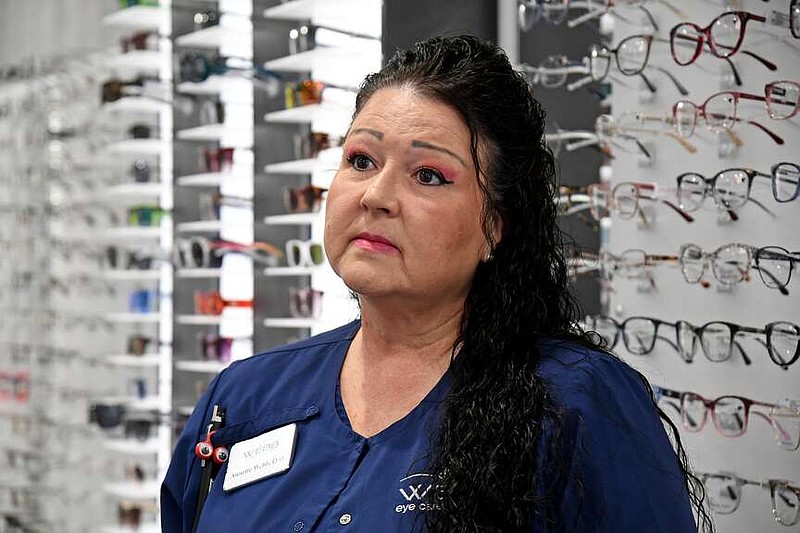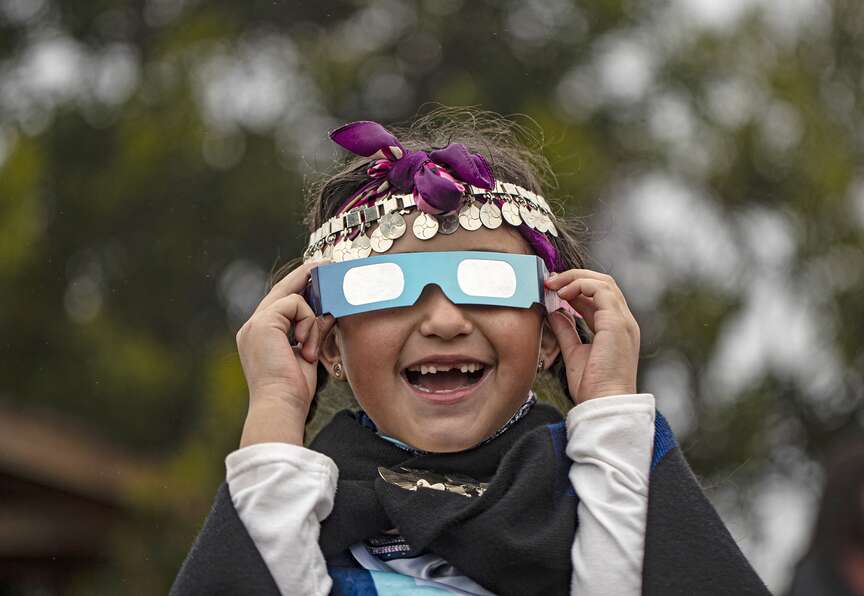With less than a month until the first total solar eclipse to be observed in the state in more than 100 years, optometrists are concerned people will not use proper protection for their eyes during the celestial event.
Sunglasses do not offer enough protection for viewing an eclipse, Dr. Annette Webb, a VSP network doctor and optometrist with Webb Eye Care Associates in Pearcy, said.
"The filters in your regular sunglasses and UV protection in those is not sufficient," she said. "What you want is to order the actual eclipse glasses. It needs to have a stamp on it -- ISO12312-2. If that stamp's on there, then those are approved to have sufficient filtering so you can actually look up into that eclipse, and it will not damage the eye as long as you have those on."
The eclipse glasses should be worn over the viewer's eyeglasses if they wear them, but there are also other options for viewing the eclipse, Webb said.
Video not playing? Click here https://www.youtube.com/embed/lYJ4k2MfhY8
"A number 14 welder's helmet will also do the trick," she said. "Or you can do a pinhole effect, and nasa.org has instructions on how to do that safely if you can't get your hands on the eclipse glasses. ... If you can't get your hands on the eclipse glasses, don't use the regular sunglasses."
Webb said while the optic nerve connects the eye to the brain, there are no pain receptors in the eye.
"Because the temperature is so high coming around that moon, it's like a sunburn," she said. "It burns the retina, and, of course, damages those cells. But unlike a sunburn, where it gets hot, you feel, you (can) tell, 'Gosh, I'm getting hot. That's starting to hurt.' There's no pain receptors back there, so you will not feel that damage happening."
While it is not painful, there is a broad range of symptoms that can occur, even from a short amount of time looking at the sun.
"They may notice a slight decrease in vision," Dr. Jeff Holt, an ophthalmologist at Holt Eye Clinic, said. "It's even been reported that people can have a slight headache, and they can have little wavy lines in their vision. It can happen from onset, but it can be delayed, too, depending on how long you actually are exposed to the eclipse. So it's a broad range of symptoms."
The damage could be short-term or permanent, Webb said.
"Sometimes it's permanent, which can be devastating, of course, to function altogether," she said. "You can't drive; you can't do your job. It can be visually debilitating, literally a disability, a handicap at that point."
Not all people will be affected the same way or in the same amount, Holt said.
"There are risk factors that people could be more susceptible, younger age, and it's actually because in the older population, you have people with cataracts," he said. "That actually blocks light from getting inside of the eye, so they are actually a little bit more protected than younger folks who have a clear natural lens. And then there are people with different prescriptions that can be more susceptible. But I'm just telling everybody, 'Wear those NASA-approved glasses.'"
The eclipse glasses tend to be made as "one size fits all," but they might not fit a child as well, leading to looking around the glasses and suffering eye damage.
"I have a young son; he actually already wears glasses," Holt said. "I'm going to just wrap the glasses around and tape the back, and that way it stretched all the way around so you don't have to worry about the edges for the light to be able to get in through the edges. I think that's probably the only way. I'm sure you've seen the glasses. They can stick out wide, especially on a kid's face. I think if you get some type of tape or string to tie in the back to tighten it up."
Webb said that https://preventblindness.org offers a downloadable "tool kit" that has suggestions on how to protect children's eyes during the eclipse.
"They basically advise doing a paper plate with the nose cut out and then taping the filters in so the kids can't look around that filter," she said. "And you're going to know those fit. We definitely want to protect our kids, but ... if you think your child looked around them or didn't have the adequate protection, you want to have them checked out right away."
Both physicians encouraged that if someone believes they might have damaged their eyes during the eclipse to visit an eye doctor as soon as possible.
"I recommend not going to the emergency room," Holt said. "We were actually contacted by one of the local ERs about suggestions about what to do. Unfortunately, there's not much that an emergency room could do, so just come see us. It's not an emergency because unfortunately we can't do anything other than run some tests and take some pictures to see if there was actual damage done."
Editor's note: Some information was added to this story after its original publication.
 Eclipse watchers squint through protective filters as they view an eclipse of the sun from the top deck of New York's Empire State Building in New York on Wednesday, Aug. 31, 1932. Full solar eclipses occur every year or two or three, often in the middle of nowhere like the South Pacific or Antarctic. (AP Photo/File, File)
Eclipse watchers squint through protective filters as they view an eclipse of the sun from the top deck of New York's Empire State Building in New York on Wednesday, Aug. 31, 1932. Full solar eclipses occur every year or two or three, often in the middle of nowhere like the South Pacific or Antarctic. (AP Photo/File, File)
